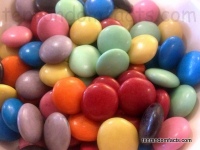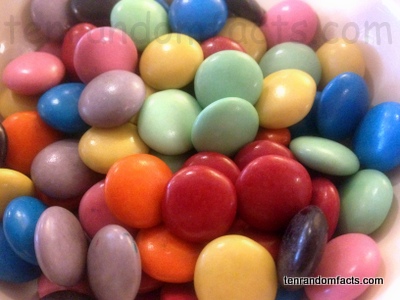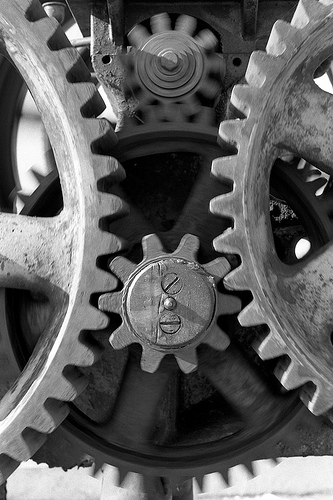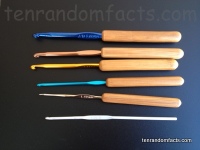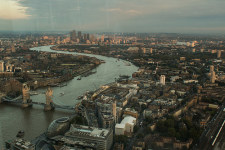
Don’t get lost in the vast metropolitan of London!
- London is one of the greatest cities worldwide, and it is located in Europe’s England, in the United Kingdom, and it is the capital of both England and the UK.
- London is the home to four World Heritage Sites: the Westminster Abbey and Palace that includes the Big Ben; Tower of London; Kew Gardens; and a section of the area of Greenwich; and it is also home to many other notable sites including Buckingham Palace, Tower Bridge and Trafalgar Square.
- The first main colonisation of London, originally known as Londinium, was by the Roman Empire from 43 AD, and while it housed up to 60,000 people in the second century, it eventually declined until it was mostly deserted for up to 200 years, however, once it was re-established by King Alfred from 886 AD, it grew to become a central power in the 11th century.
- London has been struck by numerous devastating disasters throughout history, including the Black Plague of 1665 to 1666, the Great Fire of 1666, and the Blitz bombing during World War II.
- London was the first city to have held the Olympic Games on three occasions, in 1908, 1948 and 2012.
Part of London
Image courtesy of fkwiatkowski/Flickr
- As of 2013, London was the largest city in the United Kingdom, with a metropolitan population of more than 13.5 million people, and it covered an area of 1,583 square kilometres (611 square miles) with the main city in the centre, and this ‘Greater’ region contained approximately 8.5 million people, of which approximately 36% were born in other countries.
- Temperatures in London range on average from 2.1°C to 23.6°C (35.8°F to 74.5°F); and the lowest and highest recorded temperatures were -13.6°C and 38.1°C (7.5°F and 100.6°F respectively).
- It has been claimed that London is one of the ‘greenest’ cities in the world, and it is the home to many parks, such as Hyde Park, and as such, it contains over 2,000 vegetation species, 60 bird and 120 fish species, as well as many other animal species.
- London had a Gross Domestic Product (GDP) of around $669 billion in 2005, with primary income based in the finance sector, with tourism being another prominent area, with more than 14 million individuals visiting the city annually.
- London is home to much history and culture, particularly in the arts, such as seen by the multiple museums and galleries, and it is often depicted in literature.
Bibliography:
London, 2014, Wikipedia, http://en.wikipedia.org/wiki/London
London at a Glance, n.d, Visitlondon.com, http://www.visitlondon.com/discover-london/london-highlights/london-at-a-glance?ref=nav





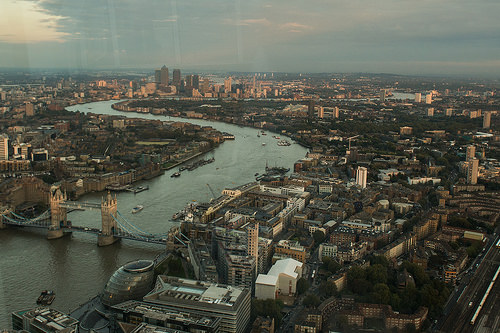
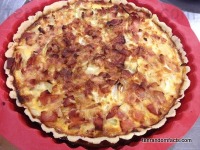
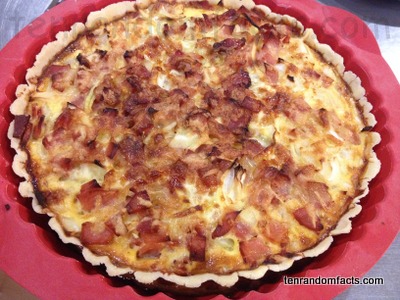


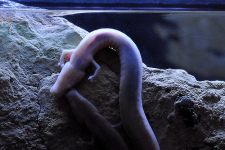
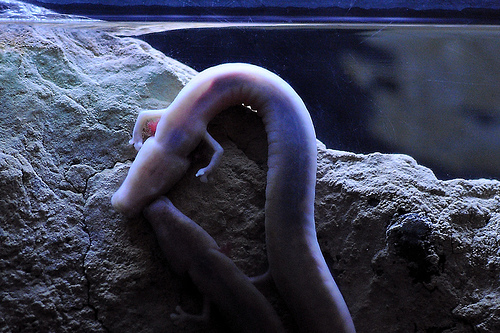 Olm
Olm

